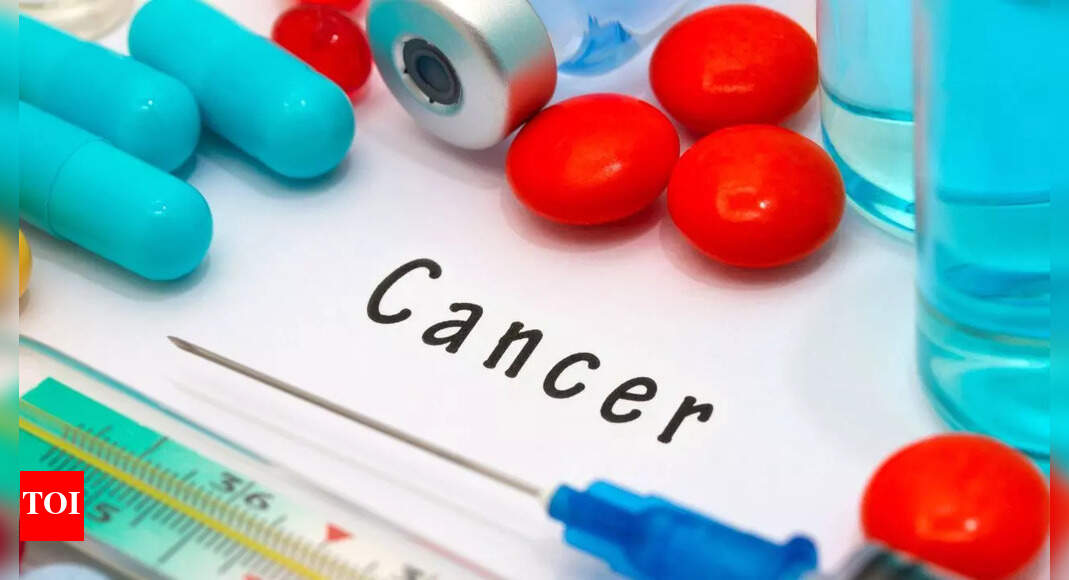
Cancer treatment resistance is one of the biggest challenges in cancer care. It occurs when cancer cells adapt to survive despite therapy, making treatments less effective or even completely ineffective. When people say the body “resists” cancer treatment, it usually refers to the cancer cells themselves, not the entire body. Resistance can develop quickly, within weeks, or slowly over months or years, complicating cancer management. Understanding the reasons why treatments stop working, such as genetic mutations, drug expulsion, protective tumour environments, or immune evasion, is essential for patients and caregivers to make informed decisions and optimise care.
Why cancer treatments sometimes stop working
Cancer treatments such as chemotherapy and targeted therapies are designed to attack rapidly dividing cells. However, these therapies can also affect normal cells in the body, including those in the bone marrow, digestive tract, and hair follicles, causing common side effects. Resistance occurs when cancer cells find ways to evade or withstand treatment. For example, they may mutate, activate survival pathways, or alter their environment to avoid destruction. As a result, a treatment that initially works may lose its effectiveness over time, highlighting the importance of monitoring patient response and adjusting therapy as needed.
According to a study published in NIH, cancer cells can develop resistance to treatments through a variety of mechanisms, including genetic mutations, drug efflux, altered signalling pathways, and protective tumour environments. The review highlights that combining traditional therapies with targeted inhibitors and immunotherapies can help overcome resistance, while biomarker-driven approaches are crucial for predicting and monitoring treatment response. These insights underscore the importance of understanding the complex mechanisms behind drug resistance to optimise cancer care and improve patient outcomes
Genetic mutations in cancer cells
Genetic mutations are one of the primary reasons cancer cells become resistant. These mutations can change the way cancer cells respond to drugs, making therapies less effective. For instance, mutations in certain genes can render targeted therapies, such as tyrosine kinase inhibitors, less effective. As cancer cells evolve, these mutations accumulate, allowing the tumour to survive even under aggressive treatment. Identifying these mutations early can help doctors choose alternative treatments or combination therapies to overcome resistance.
Drug efflux mechanisms
Some cancer cells develop the ability to pump drugs out before they can take effect. This process, known as drug efflux, is often carried out by proteins like P-glycoprotein. By removing chemotherapy agents from the cell, cancer cells reduce the drug’s impact and continue to survive. Overcoming this form of resistance may require new treatment strategies, including drugs that inhibit efflux mechanisms or alternative therapies that bypass these pumps.
Tumour microenvironment
The environment surrounding a tumour, known as the tumour microenvironment, also plays a critical role in resistance. Components such as immune cells, blood vessels, and the extracellular matrix can shield cancer cells from treatment. Low oxygen levels, or hypoxia, within the tumour can reduce the effectiveness of therapies like radiation. Addressing the microenvironment through combination treatments or targeted therapies can improve drug penetration and boost treatment success.
Cancer stem cells
Certain cancers contain small populations of cancer stem cells that are inherently resistant to treatment. These cells can survive therapy and regenerate the tumour, leading to relapse. Because cancer stem cells are difficult to target, ongoing research focuses on therapies that specifically eliminate these cells while sparing normal tissue. Successfully targeting cancer stem cells could prevent recurrence and improve long-term outcomes.
Epigenetic changes
Epigenetic changes, which alter gene expression without changing the DNA sequence, can also contribute to drug resistance. Cancer cells may silence genes that make them sensitive to treatment or activate survival pathways that protect them from drugs. Unlike genetic mutations, epigenetic changes are reversible, offering opportunities for therapies that restore sensitivity and enhance the effectiveness of existing treatments.
Immune evasion
In immunotherapy, cancer cells can evade detection by the immune system. They may reduce the expression of molecules that allow immune cells to recognise and attack them or mutate the antigens targeted by the therapy. This immune evasion decreases the effectiveness of immunotherapy, making it necessary to develop strategies that enhance immune recognition or prevent tumour escape.Cancer treatment resistance is a complex and multifactorial problem involving genetic, cellular, and environmental factors. From mutations and drug efflux to microenvironment protection, cancer stem cells, epigenetic changes, and immune evasion, these mechanisms can limit the success of therapies. Early identification of resistance patterns and personalised treatment approaches are key to improving outcomes. By understanding these mechanisms, doctors can tailor interventions, adjust therapies, and ultimately enhance long-term survival and quality of life for cancer patients.Disclaimer: This article is for general informational purposes only and is not a substitute for professional medical advice, diagnosis, or treatment. Always seek the guidance of a qualified healthcare provider regarding any medical condition or lifestyle change.Also Read: 6 common causes of bloating that need medical attention








